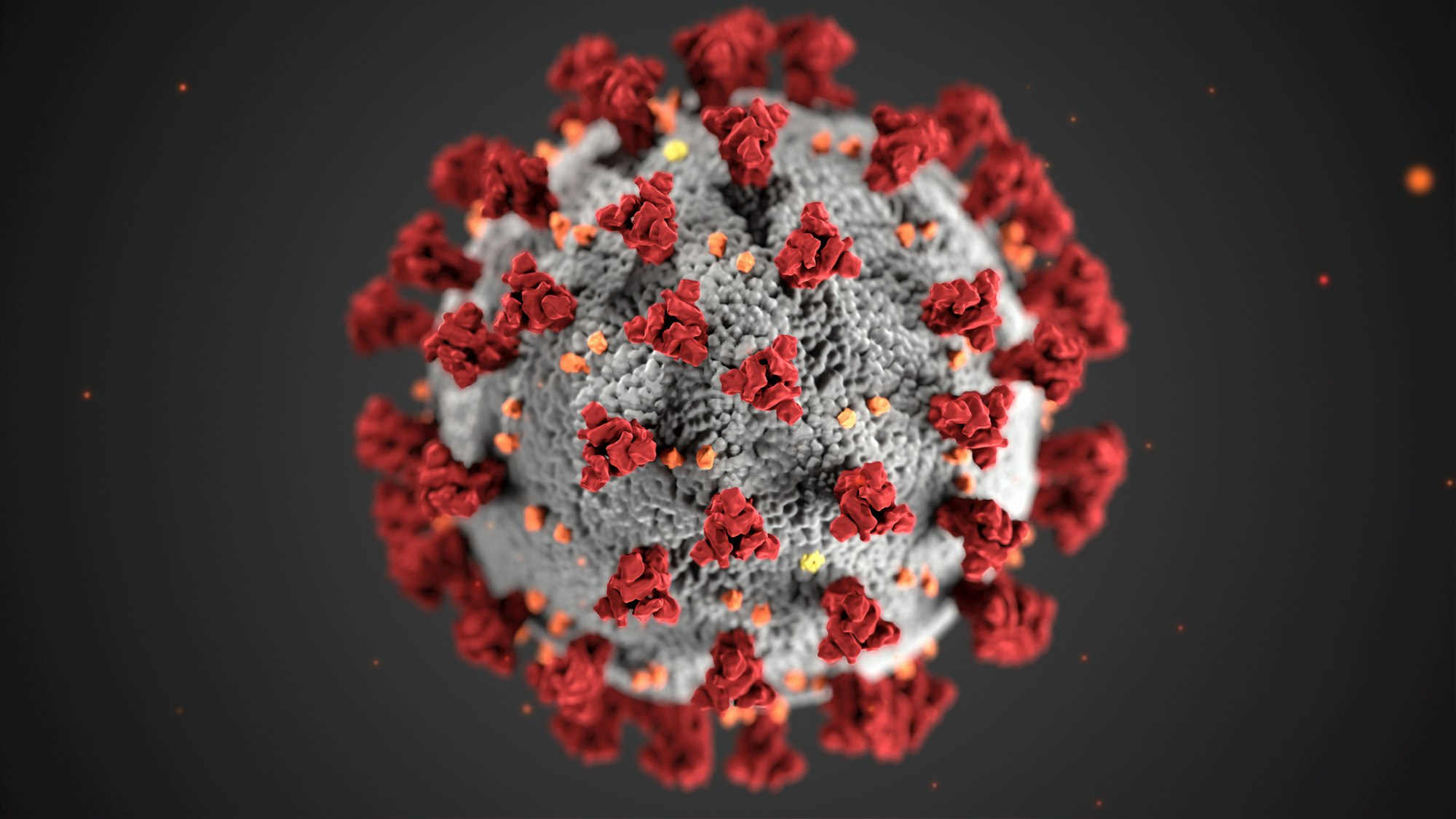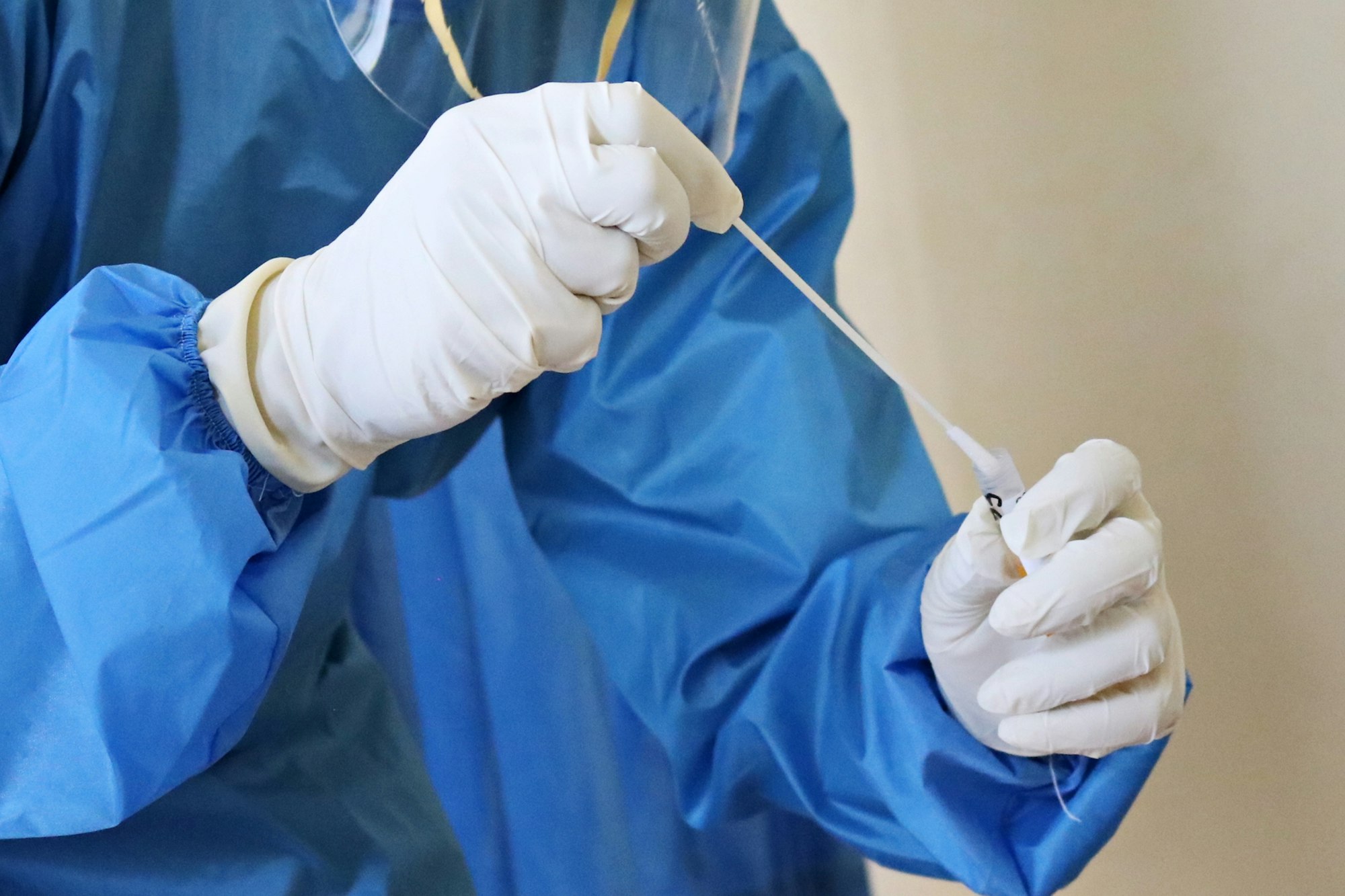All about Pathology Residency in the United States

Pathology is the detailed study of diseases and serves as the bridge that connects science and medicine. The residents focus on every aspect of patient care, using cutting-edge genetic technologies to deliver accurate treatment advice to patients. If you are eager to focus on pathology, here are some facts you need to be aware of.
Pathology Residency
Pathology is a medical specialty that studies and diagnoses diseases by examining bodily fluids, tissues, organs, and even entire human bodies through autopsy. Pathologists are experts in understanding diseases and illnesses; they use their expertise to provide preventive measures for common diseases, including life-threatening conditions.
While pathology studies diseases, it also incorporates various medical practices and biological research fields. As a significant medical research field, pathology offers pathologists and patients diagnostic information. This medical discipline impacts every aspect of patient care through accurate laboratory testing and helps diagnose and manage chronic illnesses.
Pathology Medical Education And Training
To become a pathologist, you must undergo specialty residency training after four years of medical school. Medical graduates in the pathology residency train for 3 to 4 years to become certified physicians.

Under the training of pathology experts, residents will be able to complete their training program and gain a better understanding of clinical procedures. In general, the training comprises two main specialties- anatomic and clinical pathology aspects.
1. Anatomic pathology – This specialty focuses on how diseases affect the human body
2. Clinical aspects – It involves the supervision of testing procedures and laboratory work.
To become a qualified physician in the field of pathology in the US, you need to receive certification from the American Board of pathology. To obtain this, aspiring medical graduates must complete the following:
· Four years of medical training from any accredited medical school.
· Complete training of three to four years in pathology residency.
· Get a medical license.
· Eventually, passing the pathology certification test.
What Do Pathologists Do?
Pathologists are medical physicians who help diagnose various life-threatening diseases like cancer among patients. The vast majority of medical issues are diagnosed and confirmed by pathologists by examining bodily fluids and biopsies. They also conduct autopsies to find the cause of death among patients.
Pathologists watch the levels of different chemicals and substances in the body using diagnostic tools to come up with the best treatment plan. The diagnosis is usually made by analyzing the lab test results.
Wrap Up
During the past few decades, we have seen significant advancements in preventive disease measures and major advances in treating inherited health conditions and vaccinations. This is all thanks to pathologists' efforts to devise effective medical care for patients.
Pathologists practicing in government hospitals, universities, clinics, and independent laboratories provide expert care and attention to needy patients. Though it takes years of education and extensive training to become a pathologist, becoming a certified physician is worth the effort and time.

